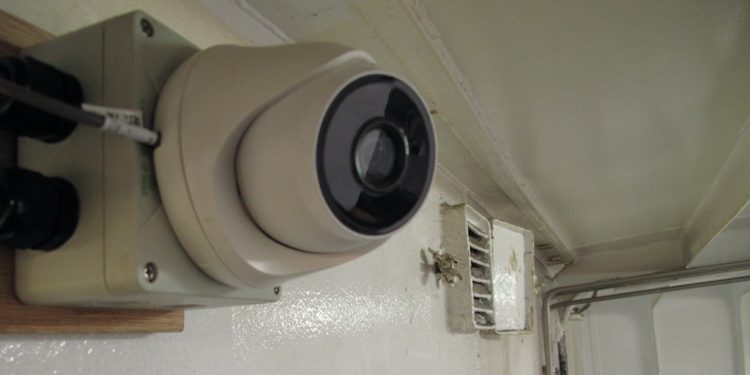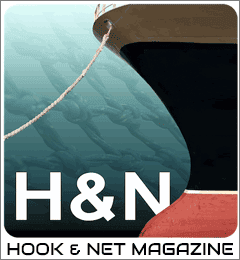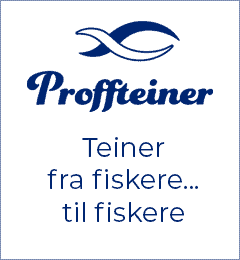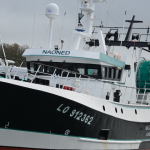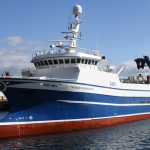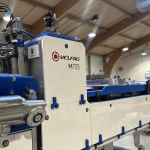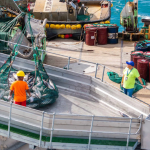The Danish Fisheries Association (DFPO) and Minister of Fisheries Rasmus Prehn have succeeded in reaching a compromise on the issue of camera monitoring on fishing vessels operating in the Kattegat.
According to DFPO chairman Svend-Erik Andersen, it has been a long and difficult process, helped by a group of Kattegat fishermen who have been determined to reach a solution, and he is satisfied that an agreement has finally been reached.
‘I am pleased that we have ended up with a scheme in which fishermen see themselves as having a place, and I would like to acknowledge that the Minister has adjusted his position and met the fishermen on some important points,’ he said.
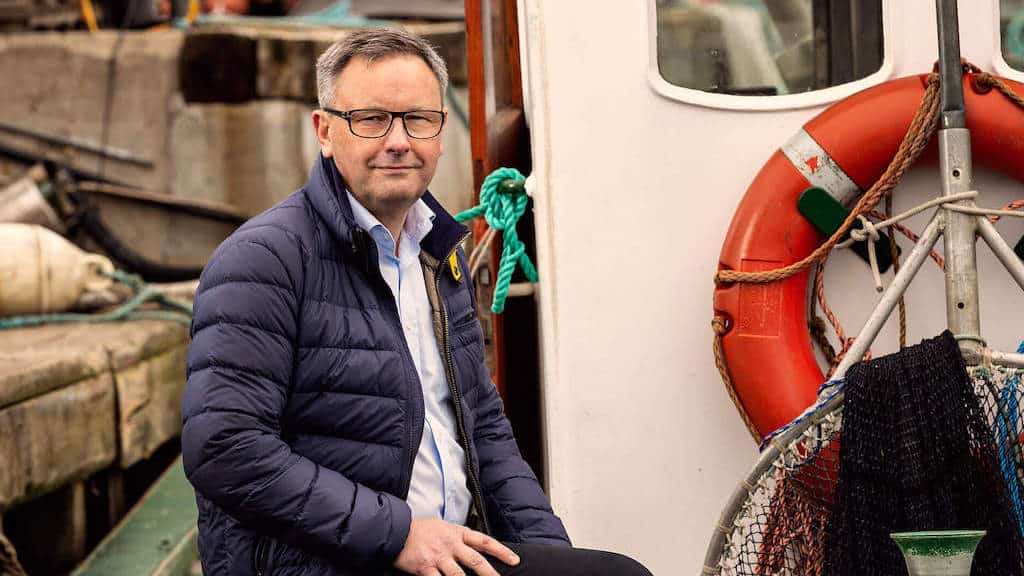
‘It is really good that the level of conflict in this instance has been ratcheted down. I hope the agreement can provide some peace of mind in the Kattegat. The fishermen have been pushed hard and this is far from the dream scenario. So I really hope that they can now have peace to work.’
A list of changes to the initial camera monitoring project, including provision for a 5% random selection of footage for each vessel to be inspected, and whenever the Danish Fisheries Agency requests recordings for review, it undertakes to inform the fisherman of the reasons for the review.
A de minimis limit for discards identified on the recordings will be in place, so minor incidents, such as the accidental or unintentional loss of small amounts of fish will not be subject to sanction.
Under the fisheries development programme, DKK15 million has been allocated for 2022 and 2023 for the development of selective gear that can support the fishermen in being able to adapt working practise and continue to fish sustainably despite the decline in important stocks such as cod. Work is being done to initiate pilot projects with, among other things, a freer choice of tools, where more of the camera-equipped vessels will have the opportunity to participate.
Targeted efforts are being made to ensure a freer choice of tools and other regulatory relaxations for the camera vessels through pilot projects and dialogue with the European Commission and other Member States. Efforts are also being made to ensure that capture data from the camera project in the Kattegat can be incorporated into the biological advice on an ongoing basis.
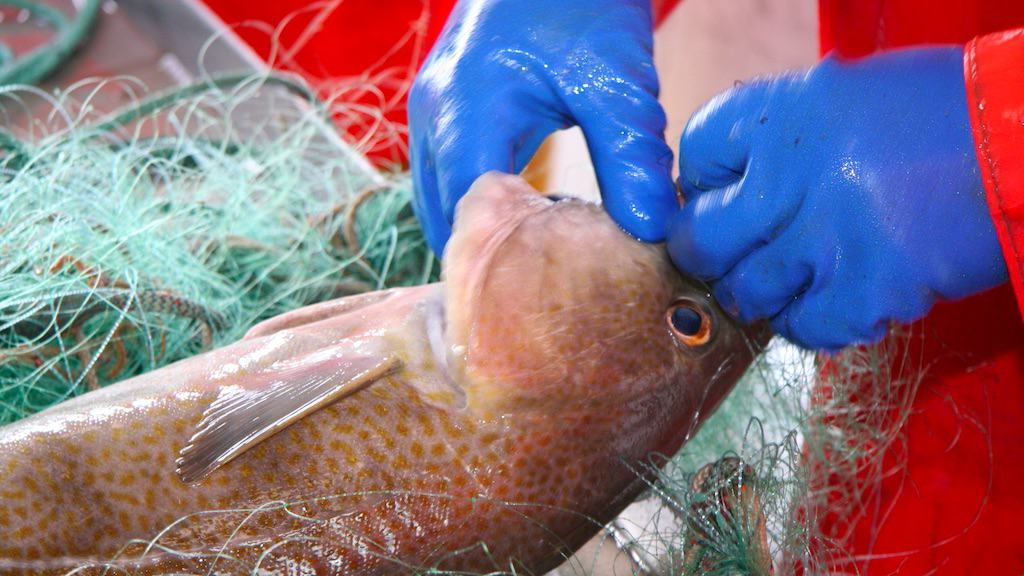
A working group is being set up between the fishing industry and the authorities to help support the fishermen’s roles as data controller and data owner.
‘We have always tried to work with camera surveillance based on a voluntary approach, in which the vessels participate in the project and get some more benefits. We have gained much better control over which recordings are obtained and why they are obtained. This, I know, provides some security for the fishermen, and it is crucial if we are to be able to co-operate on camera surveillance,’ said Claus Hjørne Pedersen, chairman of Strandby Fiskeriforening.
‘It’s good that we have an agreement,’ commented Thomas Christiansen, chairman of Læsø Fiskeriforening.
‘This is significantly better and a great deal of work has been done, both here on Læsø and in the Danish Fisheries Association. But this is all out of proportion. We have just been out fishing for four nights in a row, and between us we have caught two kilos of undersized cod. That’s nothing. Therefore, anyone can see that it is out of proportion that we should fit the cameras. It is a waste of public money to set up such a huge system when we are barely catching any cod.’
Svend-Erik Andersen commented that the industry’s viewpoint is that the camera requirement has always been a sledge hammer being used to crack a nut.
‘Now the fishermen are putting on cameras, and I see this as a step towards us being able to incorporate real-time data into the biological advice in such a way that it can be ensured that there is a connection between the fishing opportunities and the reality the fisherman is in at sea,’ he said.
‘Finally, I hope that we will initiate a broad-spectrum effort to solve the problems that we know for sure put the cod stock under pressure, such as environmental impact from shore and seals. It is simply needed. Both for the sake of the cod stock and for the sake of fishing.’

